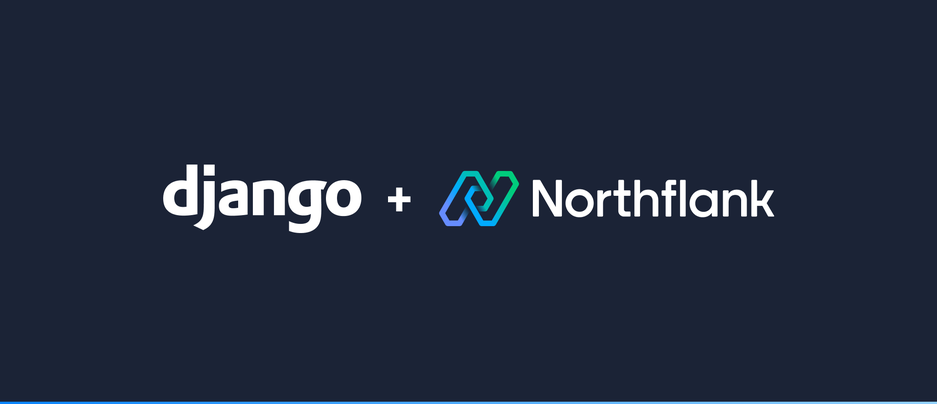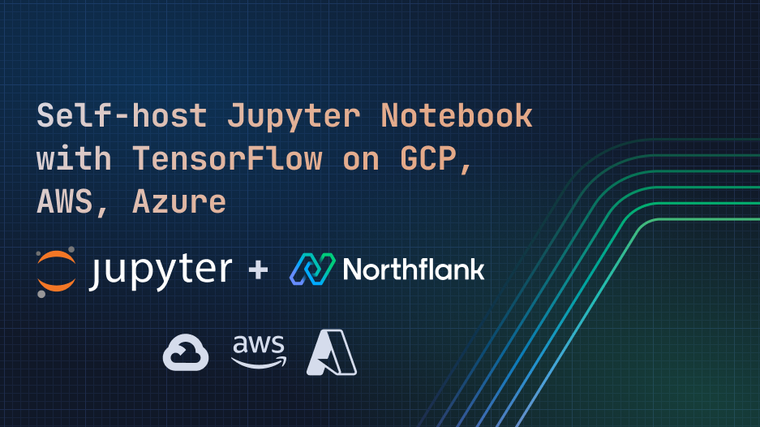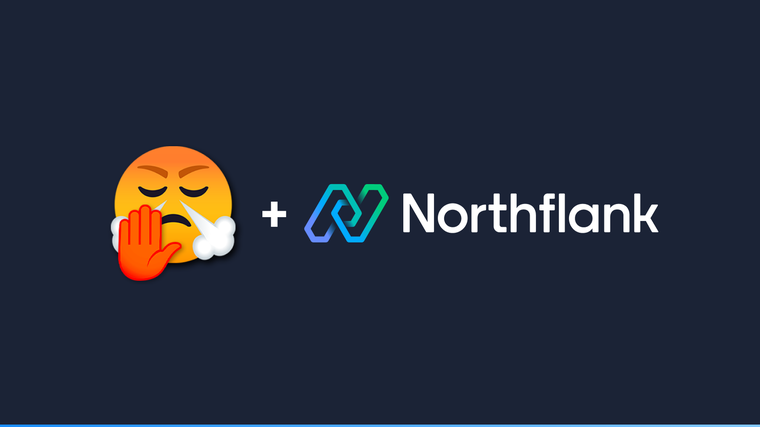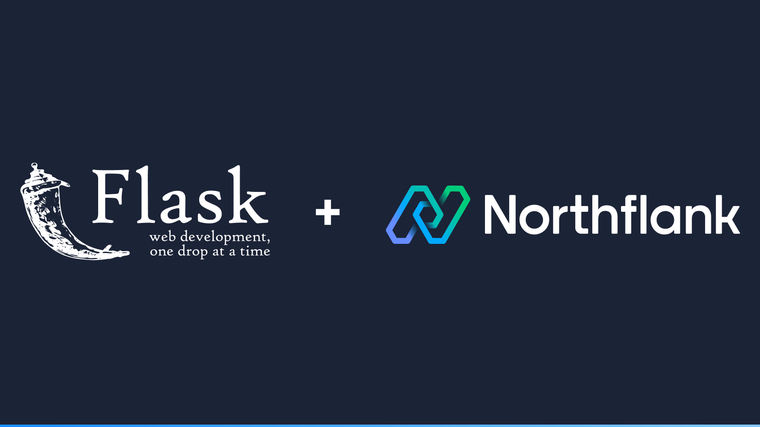

Django is a Python-based free and open-source web framework to build production-great backend for web and mobile applications. Django follows the model-template-views architectural pattern.
This guide will show you how to deploy a Django application on Northflank.
As source of your deployment, you have two options: either using a Django project you have created and have in version control or the template we provide.
-
Connect your Git provider to your Northflank account. You can find more details on how to do so here.
-
Once your Git provider is connected, create a new combined service. Under Repository, you will see a list of your repositories from which you can choose your Django project repo. Select the branch you would like to deploy initially, this can always be changed later.
-
A combined service handles build and deployment of your code.
-
-
Under Build Options, if you have a Dockerfile configured for your project you can choose Dockerfile or if this is not the case, you can choose Buildpack.
-
Access the deployment via the unique
code.runservice URL or finish up by linking a custom domain.
This deployment method will use the public repository we have created as a template of Django and is the fastest way to get a Django project bootstrapped and deployed.
-
Create a new service and select the option to pick from one of our existing templates. Select the Django template.
-
Once the template is selected, you can choose a service name and select the VCS where a new repository will be created with the template.
-
Access the deployment via the unique
code.runservice URL or finish up by linking a custom domain. A Django success page will be displayed and the application will be ready to be developed further.
Northflank allows you to deploy your code and databases within minutes. Sign up for a Northflank account and create a free project to get started.
- Connect with your preferred VCS: GitHub, GitLab or Bitbucket
- Manage build arguments and environment variables using secret groups
- Scale vertically and horizontally with multiple replicas per service
- Observe & monitor with real-time metrics & logs
- Create pipelines and release workflow as you grow


